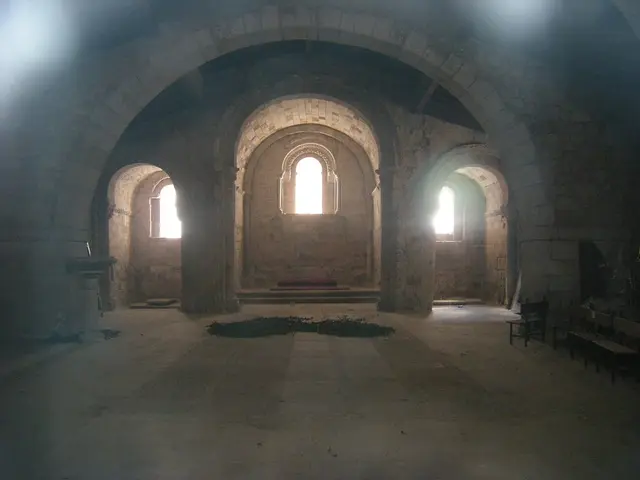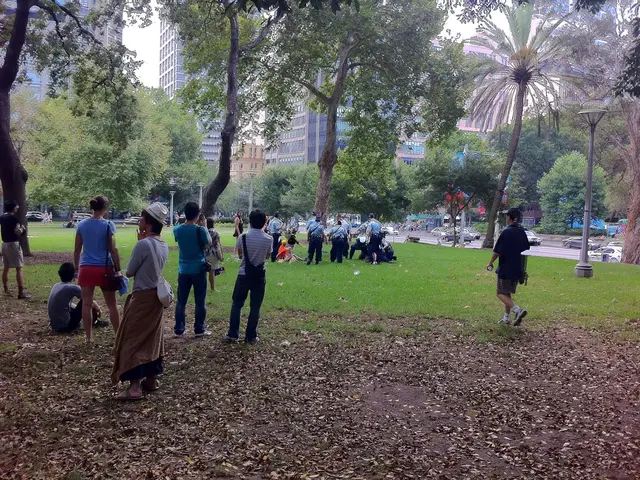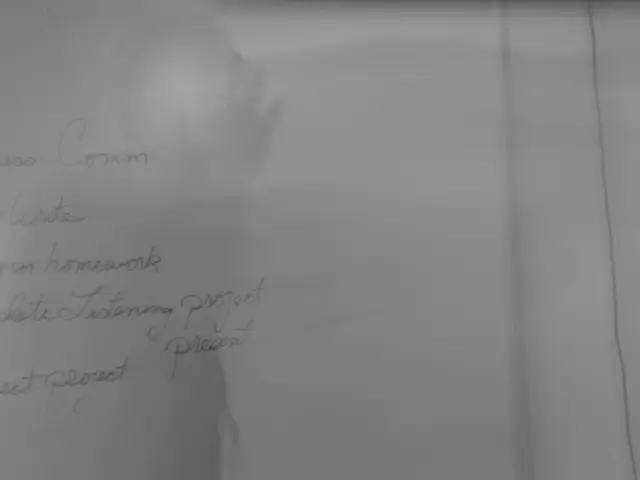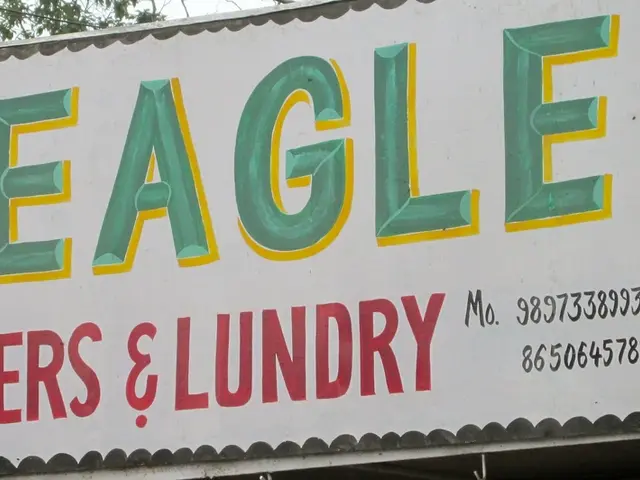Nuclear Waste Containers' Licensing Deadline Looms, Corrosion Predictions Key to Relicensing
The licensing period for some early nuclear waste containers is nearing its end, prompting both owners and regulators to explore relicensing for up to another 20 years. Meanwhile, research continues into predicting and mitigating corrosion in these containers, with a focus on stainless steel canisters storing spent nuclear fuel at independent spent fuel storage installations (ISFSIs).
One challenge is accurately predicting pitting corrosion damage development for stainless steels in service conditions. A team at the University of Virginia, led by Professor Harsha Chelliah, has developed models to predict the maximum pit size that can develop under known atmospheric conditions, with predictions validated for stainless steels under laboratory conditions. These models are crucial for assessing the risk of stress-corrosion cracking (SCC), the most likely failure mode for these canisters given the high stresses near welds. At ISFSIs, cooling air drawn from the outside can contain sea salt aerosols and other materials that may deposit on the hot steel surface of the canisters, potentially leading to corrosion. To address this, VEXTEC's FM-based probabilistic software enables prediction of SCC crack growth over time using inputs such as residual stress profiles, initial pit sizes, environment-specific crack growth rate (da/dt) versus K relationships, and material conditions, providing probabilistic predictions of SCC at multiple individual component locations.
As the licensing period for some early nuclear waste containers nears its end, both owners and regulators are working on relicensing criteria. Research into predicting and mitigating corrosion in these containers continues, with the University of Virginia's models and VEXTEC's software being valuable tools in this process. Accurate prediction of pitting corrosion damage development remains a grand challenge, but ongoing research is helping to improve our understanding and management of this issue.








